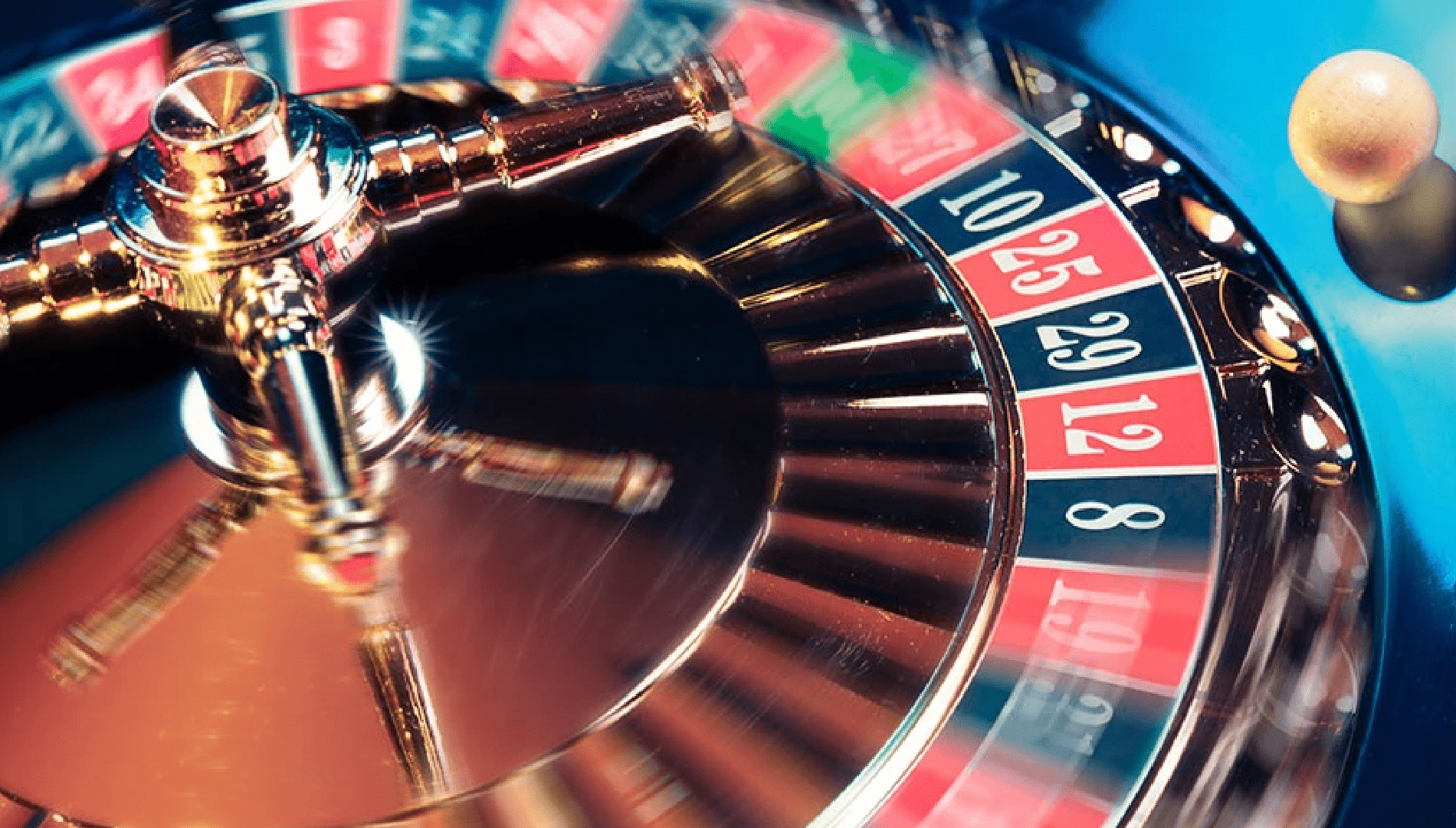Basic Strategy
Blackjack winning strategies advise players to play each hand as effectively as possible, and such a strategy always considers the dealer's upcard. When the dealer's upcard is a strong one, such as an ace, 7, 8, 9, or 10, the player shouldn't stop drawing until they reach a total of 17 or more. When the dealer's upcard is a subpar 4, 5, or 6, the player should stop drawing as soon as he receives a total of 12 or higher. If there is even a slight chance that you might go bankrupt, never accept a card in this circumstance. The intention is to let the dealer hit and, hopefully, go over 21 with this weak holding.
If the dealer's up card is a fair one, such as a 2 or 3, the player should stop with a total of 13 or higher.
Generally speaking, when using a soft hand, you should keep hitting until you reach a total of at least 18. The player would therefore hit rather than stop at 17 with an ace and a six (7 or 17).
When the player's total is 11, they should always double down. If the player has a total of 10 and the dealer does not show an ace or a ten-card, he should double down. A player with a total of 9 shouldn't double unless the dealer's card is fair or poor (2-6) in all other cases.
Two identical ten-cards or pairs of fives should never be split because they add up to 10, which is better used for doubling down. Instead, players should always split pairs of aces or eights. A pair of 4s should also not be split because the sum of 8 is a good number to draw from. Most of the time, 2s, 3s, or 7s can be split unless the dealer has an 8, 9, ten, or ace. Finally, 6s shouldn't be split unless the dealer's card is weak (2 through 6).

















